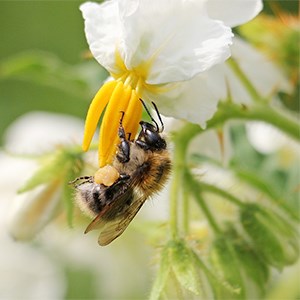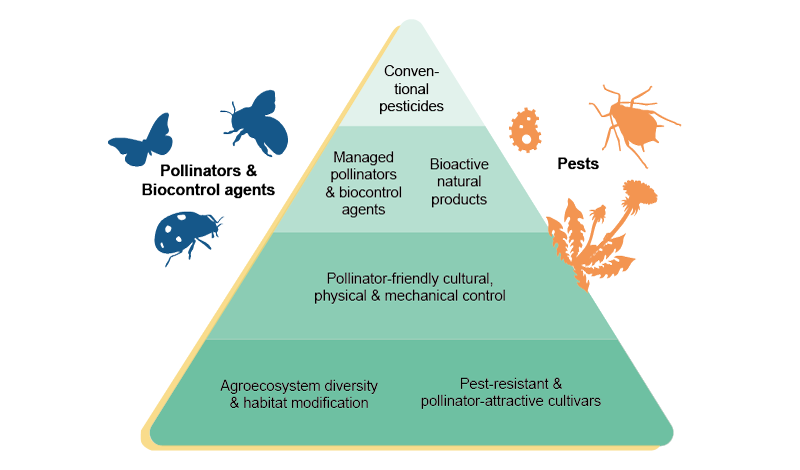Contact
 Dr Paul Egan
Dr Paul Egan
Researcher at the Department of Plant Protection Biology, SLU
paul.egan@slu.se, +46 (0)40 – 41 51 62
Twitter: @Paul_A_Egan

The demand for pollinator-dependent crops is increasing. At the same time agriculture is challenged with increasing restrictions on pesticides. Integrated pest management has been suggested as a way to tackle this dilemma, and help mitigate pollinator decline. However, this strategy is not explicitly pollinator friendly. A new framework called “integrated pest and pollinator management” (IPPM) promotes pest management strategies that also benefit pollinators.
The worldwide demand for pollinator dependent crops, including different kinds of fruits and vegetables, is increasing. At the same time, agriculture is challenged with increasing restrictions of pesticides.
– IPM is not explicitly pollinator friendly. We need to focus on pest management strategies that can also benefit pollinators and that at the same time minimize the conflicts between the two, says Dr. Paul Egan, researcher at SLU.
In a new study, researchers from SLU with colleagues in UK and Finland propose a new systematic framework. The framework is called “integrated pest and pollinator management” (IPPM) and aims to enhance IPM compatibility with crop pollination management.
The framework prioritizes actions to support pollination and natural biological control by wild species, rather than curative actions that require higher resource input by the farmer.
–IPPM is needed to promote more coordinated, ecosystem-based strategies for sustainable food production. We have also outlined key policy actions and knowledge gaps for this, which can be developed and worked on to really realize the promise of IPPM in practice, says Paul Egan.

The IPPM framework is needed to promote more coordinated, ecosystem-based strategies for sustainable agriculture. IPPM strategies should start with actions that promote natural biological control and pollination in agricultural landscapes, and the use of crop varieties that require as little input as possible in terms of conventional pesticides and managed pollinators. Illustration: Cajsa Lithell.
In addition, the study is underpinned by a novel approach to unify economic decision making.
– To really translate this framework into action, we have developed decision support tools for IPPM. This helps growers, advisers, and researchers come together and release the benefits of this new strategy, says Professor Johan Stenberg at SLU.
 Dr Paul Egan
Dr Paul EganResearcher at the Department of Plant Protection Biology, SLU
paul.egan@slu.se, +46 (0)40 – 41 51 62
Twitter: @Paul_A_Egan